I love my orchids. I have all shapes, sizes, and colors of orchids, and I know there are a lot more to consider adding to my collection. I’ve written about the more common orchids and I’ve written about some of the more unusual orchids. However, I think I’m most intrigued by the orchids that look like birds. There’s the moth orchid, the dove orchid, and (my favorite so far) the white egret orchid that really does look like an egret in flight. Mother nature has outdone herself with these orchids.
With 800 known genera, over 25,000 individual species, and 100,000 known hybrids and cultivars, orchids (which belong to the Orchidaceae family) make up one of the most diverse groups of flowering plants in the world. Orchids are definitely the largest group of flowering plants. They are found everywhere. Well, just about — as they can’t survive the climate in Antarctica. Therefore, it’s not surprising to find some orchids that appear unique in their shape, size, and color — even looking like birds. These are the orchids that intrigue me the most.
Here’s a few for you to consider, while I decide which ones to add to my orchid collection.
Moth Orchid (Phalaenopsis)
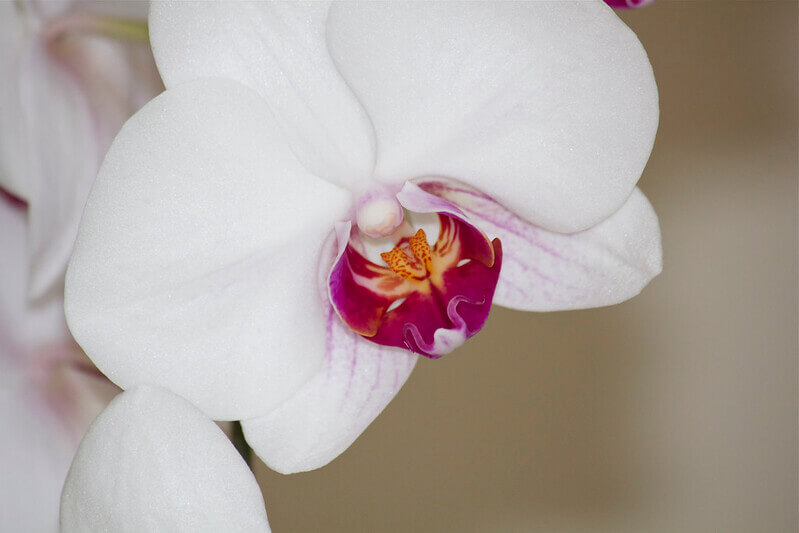
This is probably the most common orchid. It’s sold almost anywhere and is prolific in indoor garden collections. With wide, flat, dark leaves, mostly positioned opposite to each other, Phalaenopsis sport tall stems of flowers with wide, flat petals. These flowers can last up to three months, sometimes longer. I know mine are prolific for months before going into a dormant stage.
The name moth orchid is interesting. When first observed, the naturalist who found them in their native habitat in Southeast Asia was looking at the flowers through his field glasses. He mistook the orchids to be a group of moths because of their large white petals. Of course, these moth orchids come in a wide variety of colors, but the initial sighting was of white moth orchids.
Duck Orchid (Caleana major)
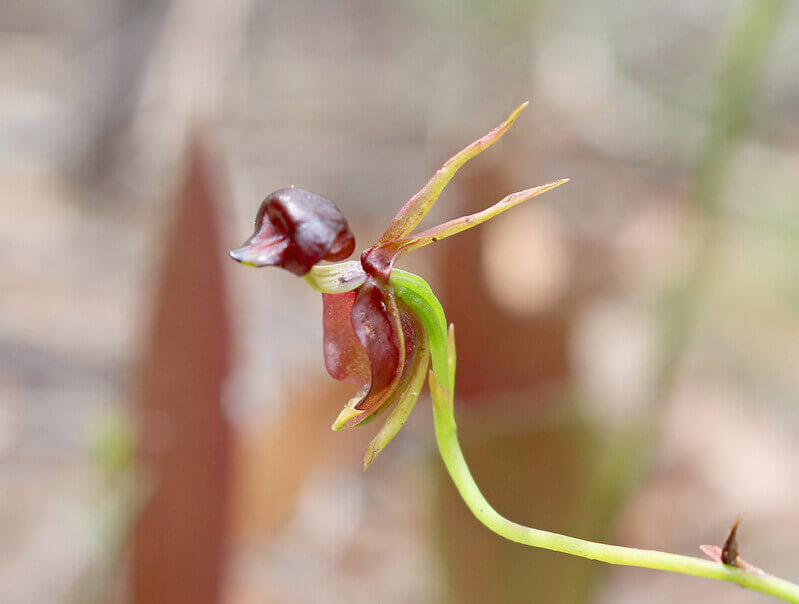
This is an interesting name for an orchid whose flower actually looks like a flying duck. Sadly, this orchid can only be grown in Australia. It has nothing to do with one’s ability to duplicate the growing environment in order to bring an outdoor plant indoors. The problem is quite simple: There is a special kind of fungus specific to Australia, and this orchid needs the fungus to survive. Symbiotically, the fungus needs the flower of the Caleana major. The orchid needs the fungus and the fungus needs the orchid.
The duck orchid grows to about 20 inches in height and supports a single reddish, narrow leaf (about five inches long), often with spots at the base of the leaf. A thin steam supports up to five flowers, also a shiny, reddish-brown, though there are rare instances where the flower is greenish with dark spots. With a labellum (less than an inch in length) which resembles the head of the duck on a thin neck, and the column with broad wings, the appearance reminds one of a duck. There are sites that offer for sale the flying duck orchid bulbs, but remember, this is a symbiotic plant that will only survive in a special ecosystem found in Australia.
Dove Orchid (Peristeria elata)
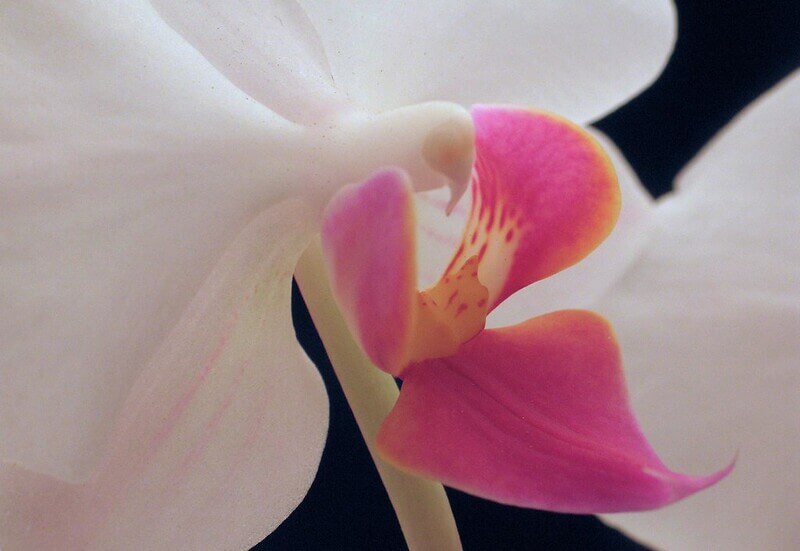
Native to Panama (their national flower), Venezuela and Ecuador, this orchid is considered rare. It was given the name Peristeria after the Greek word for dove. The flower has the appearance of a dove descending from heaven, hence the other names: Holy Ghost orchid or flower of the Holy Spirit (flor del Espiritu Santo). It’s quite tall, with 3-foot spikes supporting 4-foot elongated leaves (usually four) and 1½-inch cup-shaped flowers, with the dove figure appearing in the center. The base of the bulb produces 4 to 12 flowers, all a pure white color with purple spots and yellow anther and pistil. The flower has a strong fragrance very similar to that of beer, and with its thick, waxy petals, these flowers last a long time.
The good thing is that the dove orchid is easy to grow. Pot it in a moist peat, moss-based soil in 4-inch pots. When the plant flowers, give it more water, specifically at the roots.
White Egret Orchid (Habenaria radiata)
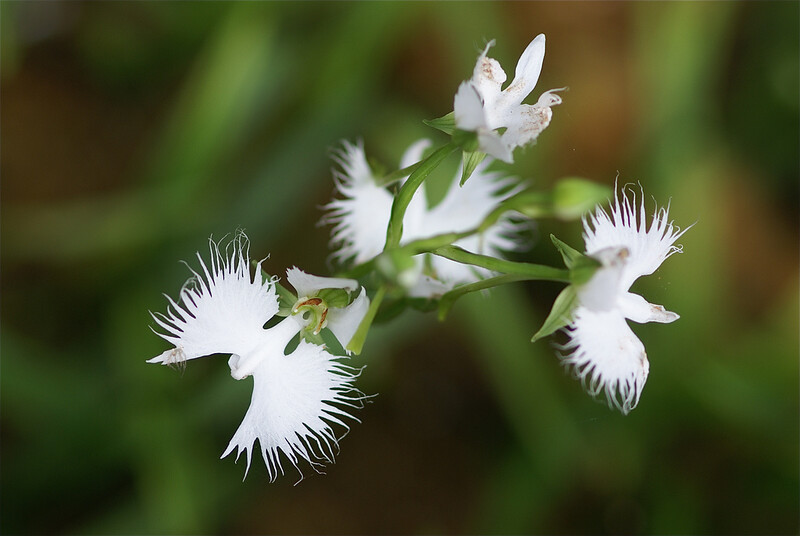
As the name suggests, the white egret orchid is a very elegant and beautiful orchid. This orchid is native to Japan, Korea, and Russia and earned its name because it does look like a white, snowy egret in flight. Its feathery fringed flower petals add another level of elegance, earning it one of its many names: fringed orchid. Its Japanese name, sagisō, comes from its allocation as the official flower of Setagaya Ward of Tokyo.
The white egret orchid is a hardy orchid, found in wetlands and bogs, preferring full sun or part shade. It also does well in pots, so it can be a welcome and fascinating addition to one’s indoor orchid collection — which is a good thing because it’s an endangered orchid in its natural environment. It grows up to 12 inches in height with very large, 1½-inch wide flowers. It’s a late bloomer, but once it does, it’s prolific, often with more than 12 white blossoms on one flower spike. And, it blooms for weeks.
Bird’s Mouth Orchid (Orthoceras strictum)
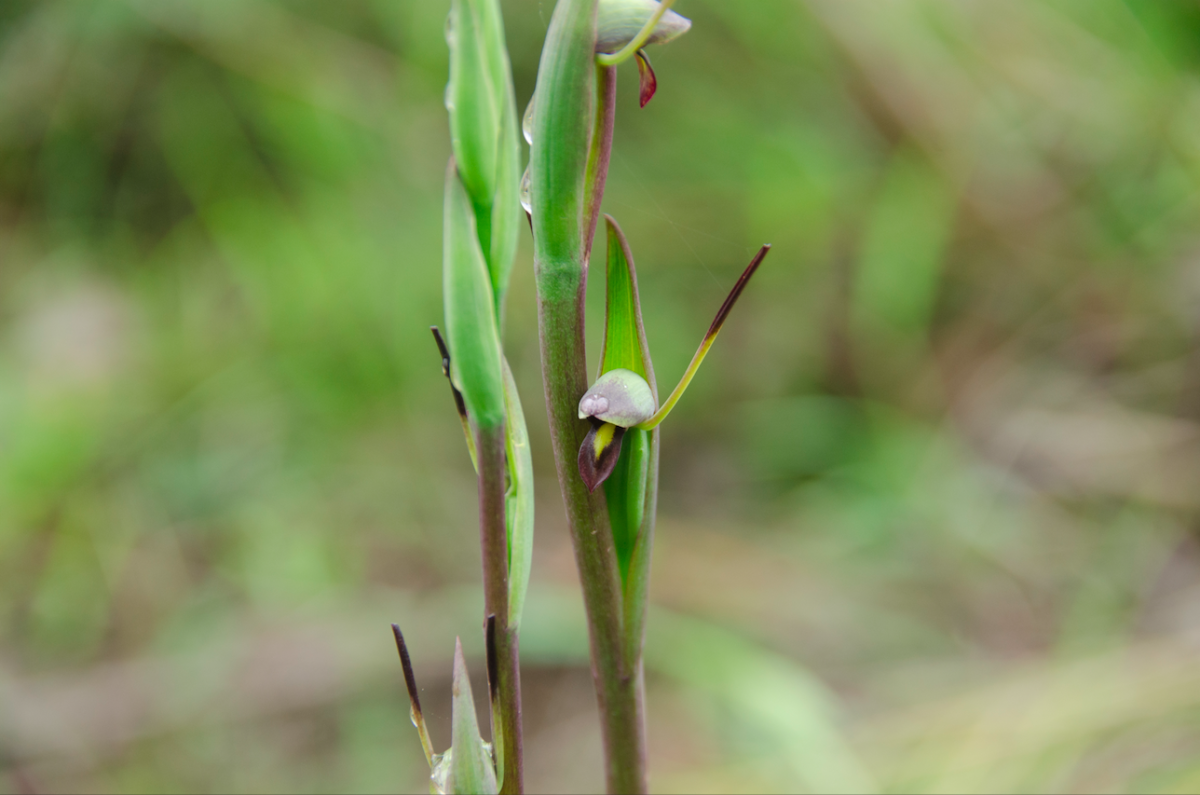
The Orthoceras strictum orchid is native to New Zealand, Australia, and New Caledonia. Listed as a rare and endangered species in Tasmania, this orchid grows well in a wide range of environments including mallee scrub and shrublands, heaths, and open grassy forests. Like most orchids, it grows 2 to 5 straight leaves from the base of the plant and it can produce up to nine flowers at a time.
The flowers, yellowish-green to brown and sometimes black in color, have a central oval, hooded over tiny petals. The overall appearance of the flower suggests a baby bird with its mouth open anticipating feeding time. Hence the name, bird’s mouth orchid.
Western Bearded Greenhood Orchid (Pterostylis barbata)
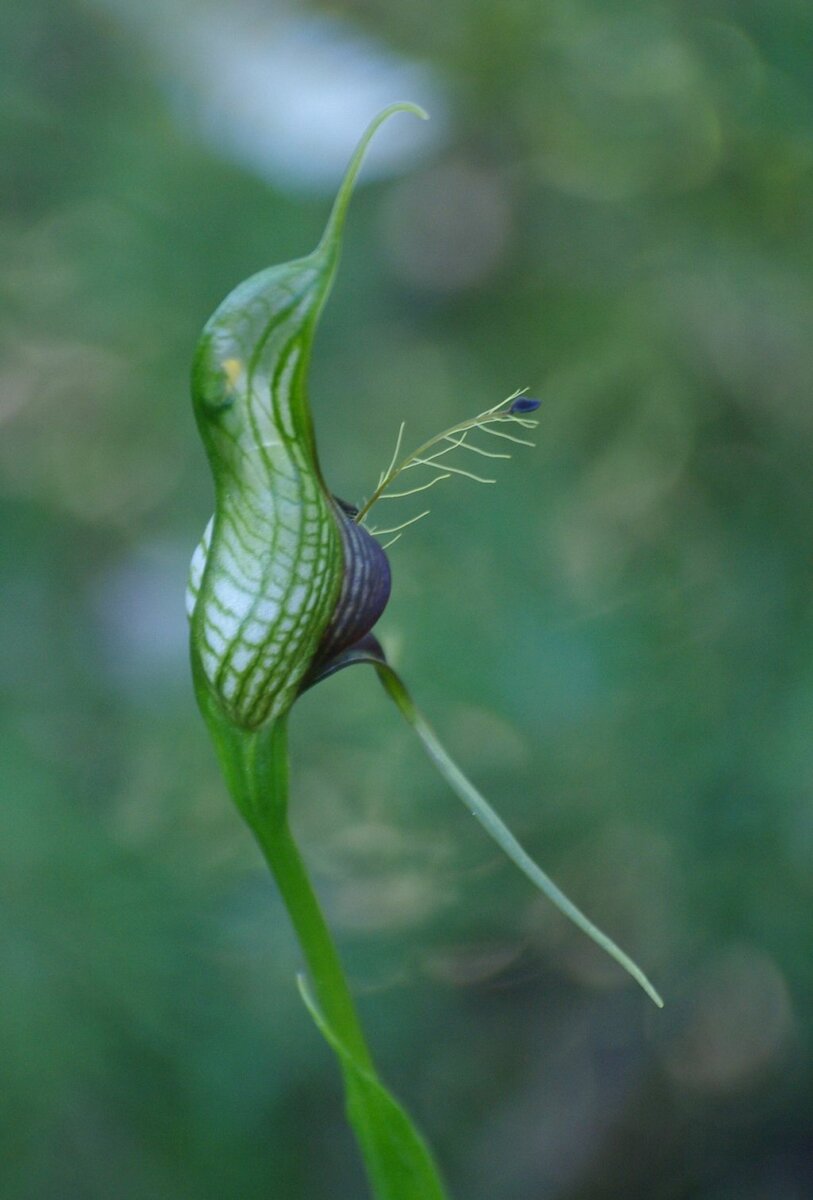
Another treasure of Australia, this orchid is simply labeled as a bird orchid, and it certainly lives up to its name. The single translucent white flower with dark green veins is also known as a bearded orchid due to its labellum which is just under an inch in length and feather-like with a few yellow, thread-like branches giving it the appearance of a beard. With a rosette of leaves at the base of the plant and up to 20 stem leaves, every stem supports one flower. In profile, this single flower looks like a bird ready to take flight.
And I’m sure there are more bird-shaped orchids. There are certainly other anomalies seen in orchid flowers: monkeys, lions, bees, and even ghosts. All we need is a little imagination and we can see almost anything in the shape of the flower, if we look more closely. Mother Nature enjoys playing around with her treasures.
So which one do I add to my collection? That is a tough decision. I’d have to say the white egret orchid is the most graceful and would definitely be a good conversation piece — I do like to talk about my orchids. The dove orchid would also be unique. Hmm! Decisions. I suppose the bottom line is which one can I import from the other side of the world and successfully integrate into my indoor orchid sanctuary. If you could choose any of the bird orchids, which one would it be?

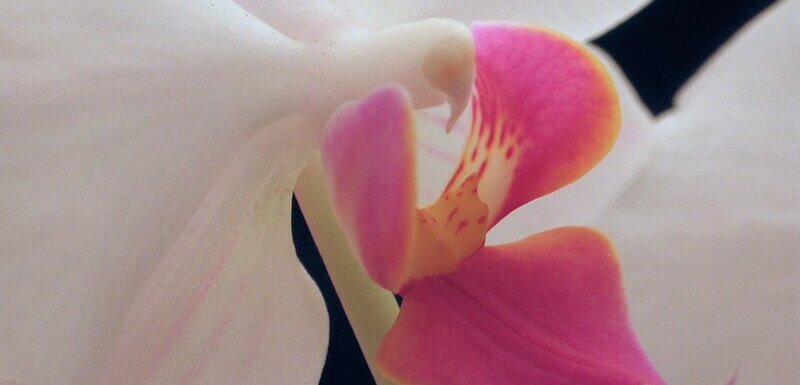
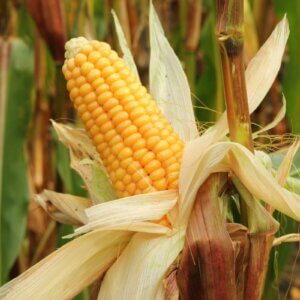



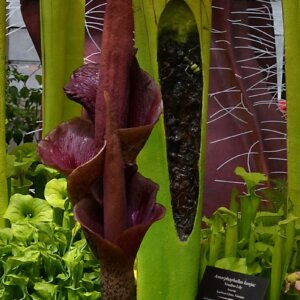






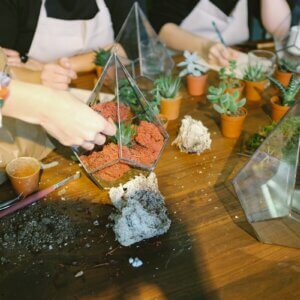

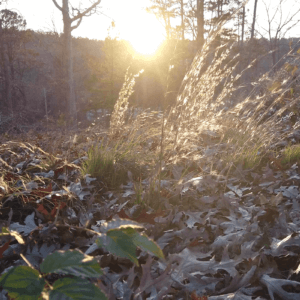




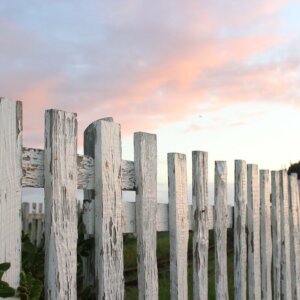
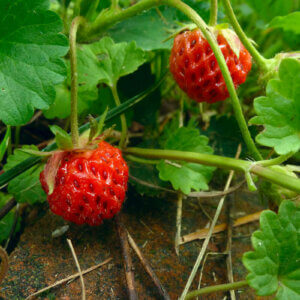


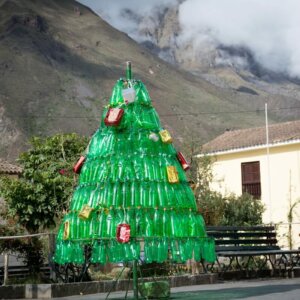

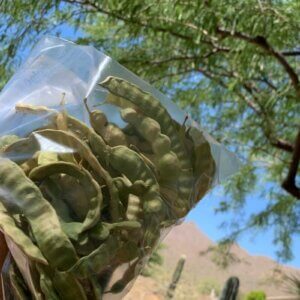




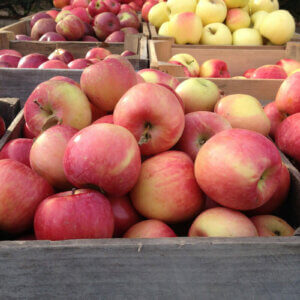

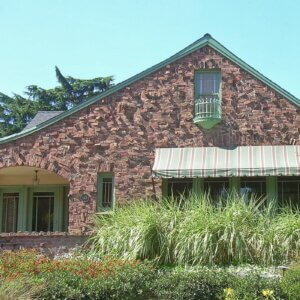




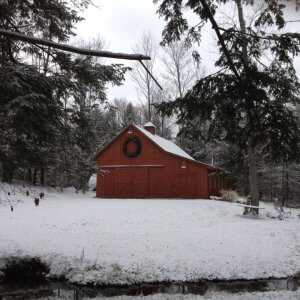


Leave a Reply